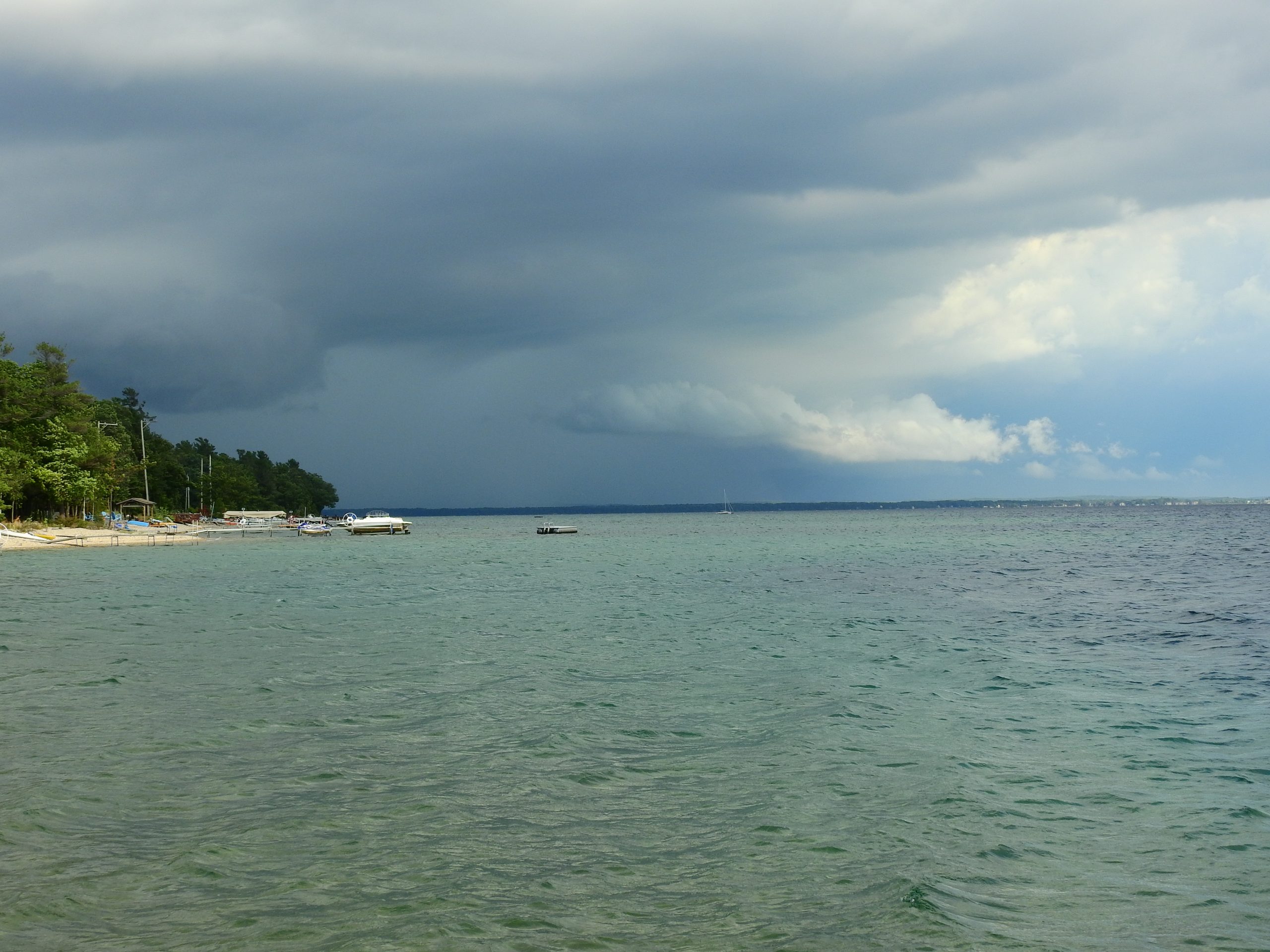Lake Michigan, the second-largest Great Lake by volume, offers a diverse range of fishing opportunities and boating experiences. To ensure the long-term health of the lake’s ecosystem and its fish populations, various regulations are in place. This comprehensive guide will delve into the key regulations for fishing and boating on Lake Michigan.
Fishing Regulations

Daily Bag Limits
Michigan Waters of Lake Michigan:
– Lake Trout: 3 per person, minimum size 20 inches, open from April 1st to November 1st.
– Salmon and Trout: 5 fish total, no more than 3 of a single trout species, minimum size 10 inches, open year-round.
Wisconsin Waters of Lake Michigan:
– Salmon and Trout: Daily bag limits vary by species and location; check the Wisconsin DNR website for specific details.
Hook Restrictions
Tributaries: No specific hook restrictions are mentioned for Lake Michigan tributaries. However, it is essential to check local regulations for specific streams and rivers.
Fishing Licenses
Michigan: A fishing license is required for anyone 17 years or older. Licenses can be purchased online through the Michigan DNR website.
Wisconsin: A fishing license is required for anyone 16 years or older. Licenses can be purchased online through the Wisconsin DNR website.
Boating Regulations

Registration
Michigan: All watercraft must be registered with the Michigan Department of State and display a registration decal. Registrations expire on March 31.
Safety Equipment
Life Jackets: Required for each person on board, with specific requirements for children and certain vessels.
Speed and Wake
No-Wake Zones: Designated areas where vessels must operate at slow speeds to minimize wake and protect shorelines.
Shore Protection Projects
Permits
Michigan: Shore protection projects, such as seawalls or breakwaters, require permits from the Michigan Department of Environment, Great Lakes, and Energy (EGLE).
Environmental Impact
Assessments: Projects must undergo environmental impact assessments to ensure minimal harm to the lake’s ecosystem.
Additional Resources
- Wisconsin DNR: For detailed information on fishing and boating regulations in Wisconsin, visit the Wisconsin DNR website.
- Michigan DNR: For detailed information on fishing and boating regulations in Michigan, visit the Michigan DNR website.
- Illinois DNR: For detailed information on fishing and boating regulations in Illinois, visit the Illinois DNR website.
By adhering to these regulations, anglers and boaters can help preserve the natural beauty and ecological balance of Lake Michigan for future generations.
